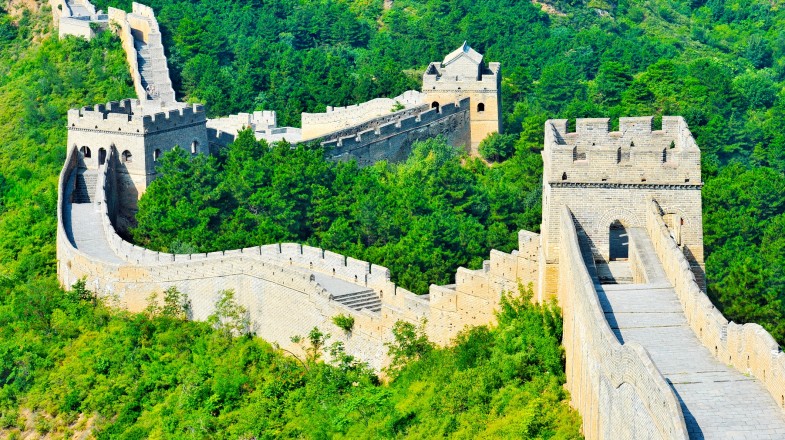
The Great Wall of China is not a single wall but a vast network of walls and fortifications built across the historical northern borders of China. Construction began as early as the 7th century BCE, with major rebuilding occurring during the Ming Dynasty (1368–1644). Its primary purpose was to defend against nomadic invaders from the north, especially the Mongols.
Stretching across mountains, deserts, and grasslands, the wall showcases a variety of construction techniques, materials, and architectural styles, reflecting the diverse geography and local resources of the regions it spans. Parts of the wall are made of stone, brick, tamped earth, and even wood.
Beyond its military function, the wall also served as a means of border control, trade regulation, and communication across imperial China. Watchtowers, barracks, garrison stations, and signaling capabilities (using smoke or fire) were all integrated into its structure.
Today, the Great Wall is a global symbol of China’s rich cultural heritage. Millions of visitors from around the world come to walk its paths, especially the well-preserved sections near Beijing, like Badaling and Mutianyu. Though some parts have deteriorated over time, restoration efforts continue to preserve this wonder for future generations.
The Great Wall remains not only a remarkable feat of engineering but also a powerful reminder of human perseverance and cultural identity.

You must be logged in to post a comment.